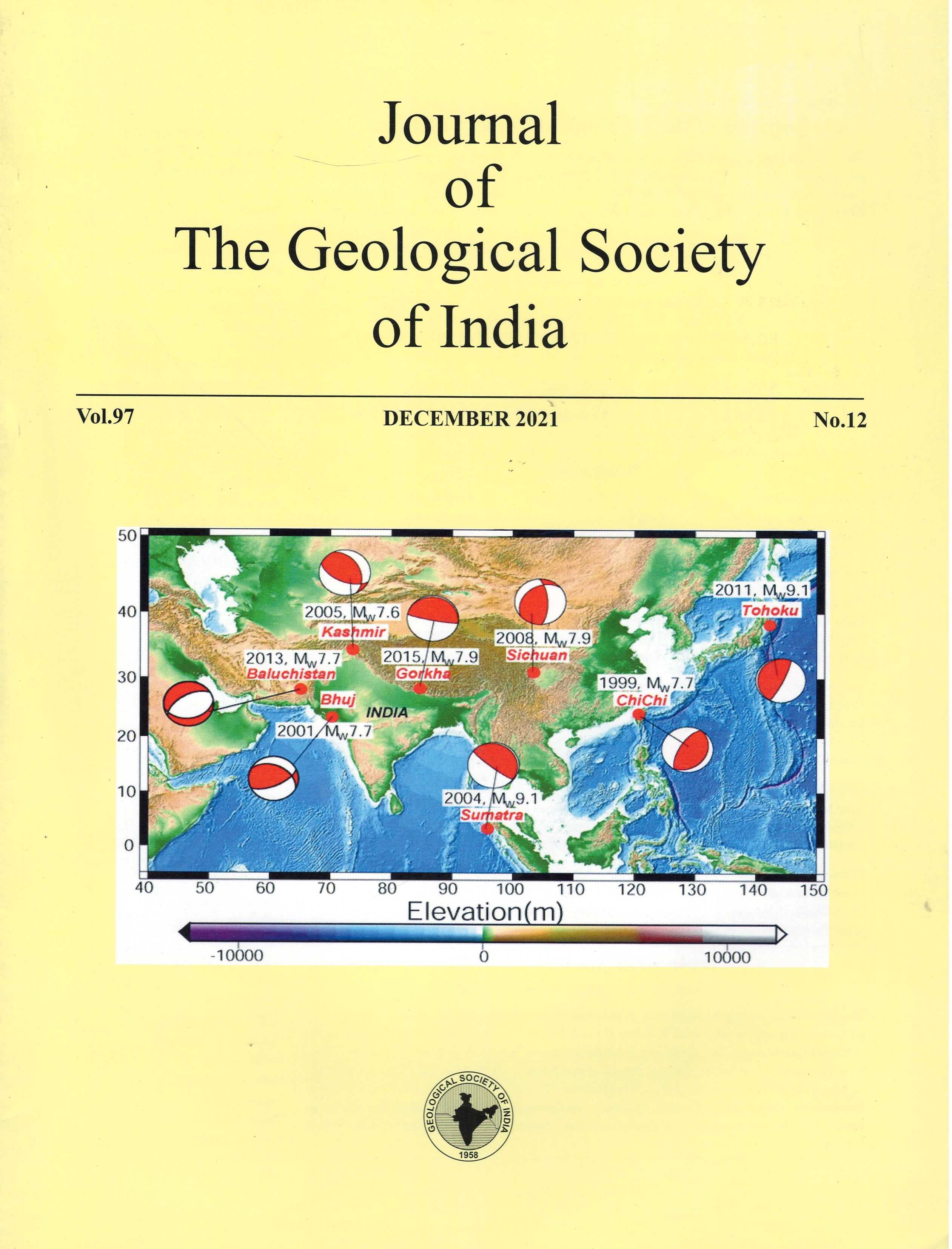Tectonic Block Model of Continental Earthquakes in China: Twenty-years Retrospective
DOI:
https://doi.org/10.1007/s12594-021-1908-7Keywords:
No keywords.Abstract
At the beginning of the 21st century, the ‘active tectonic block model’, described by hierarchical crustal tectonic blocks, was proposed to explain the distribution of continental earthquakes in China. The blocks, as well as the block boundary zones, were determined by geological, geophysical, and geodetic observations. The model, indicating that large earthquakes, especially great earthquakes, occur mainly in the boundary zones, plays an important role in seismic hazard assessment and earthquake forecast in China. The model has been tested by the seismicity in continental China in the past 20 years. Meanwhile, with new data accumulating and new technology emerging, it is possible to update the model into a new version, e.g., from 2D to 3D by considering deep structures such as crustal channel flow, and from a kinematic model to a dynamic one by computational geodynamics. The updated model could also be applied to broader continental regions for international collaborative and comparative studies.

 Wu Zhongliang
Wu Zhongliang






